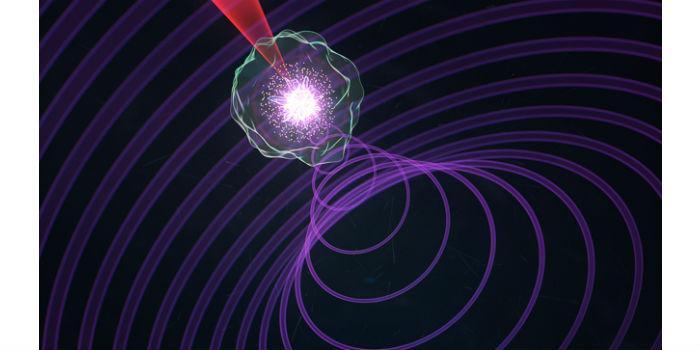 International. The scientists of the Research Group in Applications of Laser and Photonics of the University of Salamanca (ALF-USAL) Laura Rego, Carlos Hernández García, Luis Plaja and Julio San Román lead the international research in which it is demonstrated for the first time that light can force a torsion on itself in the absence of external forces, a property never before seen before in it.
International. The scientists of the Research Group in Applications of Laser and Photonics of the University of Salamanca (ALF-USAL) Laura Rego, Carlos Hernández García, Luis Plaja and Julio San Román lead the international research in which it is demonstrated for the first time that light can force a torsion on itself in the absence of external forces, a property never before seen before in it.
The results of the study, developed in collaboration with the University of Colorado and the Institute of Photonic Sciences of Castelldefels (ICFO), have just been published by Science and open new avenues for basic experimentation around the dynamics of the interactions between light and matter.
In the words of the scientists to Comunicación USAL, "the most remarkable thing about this work is that we have generated beams of light with a new property, the torque of light". To date it was known that light beams could be created with torsion, that is, with a swirling structure around their axis of propagation. 'Light vortices' – as torsion beams of light are known – are analogous to the whirlwinds formed by the wind and, like these, are capable of exerting rotational forces on materials.
The new type of light beam demonstrated by the USAL also has the property of accelerating its torsion over time, like a whirlpool that accelerates its rotation. Not only does it rotate by itself, but it is also "able to increase the speed of its spin without external help, self-accelerating," the authors stress. They are, therefore, vortices that exert on themselves a torque, that is, light with self-torque.
The property of self-inducing a spin has been observed in other physical systems. However, scientists define it as "something exotic" that "until this moment had never been observed in light," they recall.
Possible applications in the field of technology
Light vortices have interesting applications in different areas of technology, although still at an experimental level. Perhaps the most relevant in relation to the published study is "the possibility of transferring turns to the matter", point out from the ALF-USAL Group. Self-torque light is potentially useful for communicating angular accelerations (turns) in currents, for example, within conductive materials. Since the beams that have been produced are of high frequency, applications of this type in nanoscopic material structures are suggested.
It is, therefore, a new tool to study the dynamics of the interactions between light and matter, at the micro and nanoscopic scale. Mastering dynamics at these scales, using tools such as torque beams, "is a fundamental step for the development of the technology of the future," the scientists conclude.
International collaboration led by the University of Salamanca
The study is the result of international collaboration carried out with the University of Colorado (USA) and the Institute of Photonic Sciences (ICFO, Castelldefels). At the University of Salamanca, the concept of light torque was developed and thanks to their theoretical simulations they designed how to generate, measure and control these beams of light.
For their part, collaborators from the University of Colorado – an experimental team formed by Margaret Murnane and Henry Kapteyn, headed by Kevin Dorney – carried out the experiment confirming the theoretical predictions and generating, in this way, for the first time, beams of light with self-torque.
Likewise, the collaboration of ICFO researchers helped to analyze and understand the properties of these new light beams, while numerical simulations were carried out at the National Supercomputing Center (MareNostrum supercomputer) and at the Castilla y León Supercomputing Center (SCAYLE).




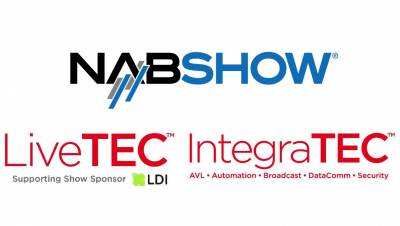
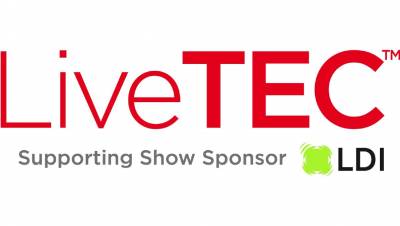
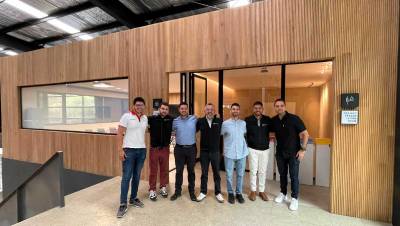
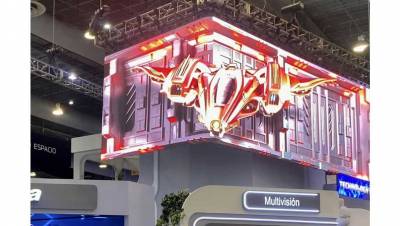
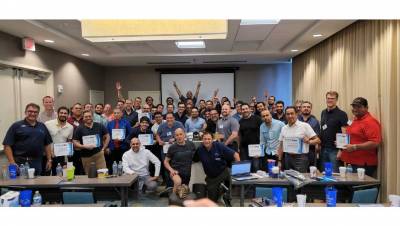

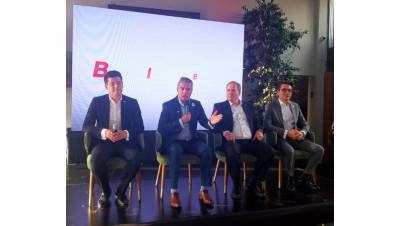
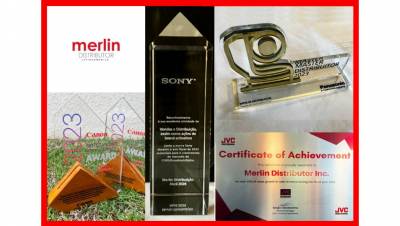














Leave your comment